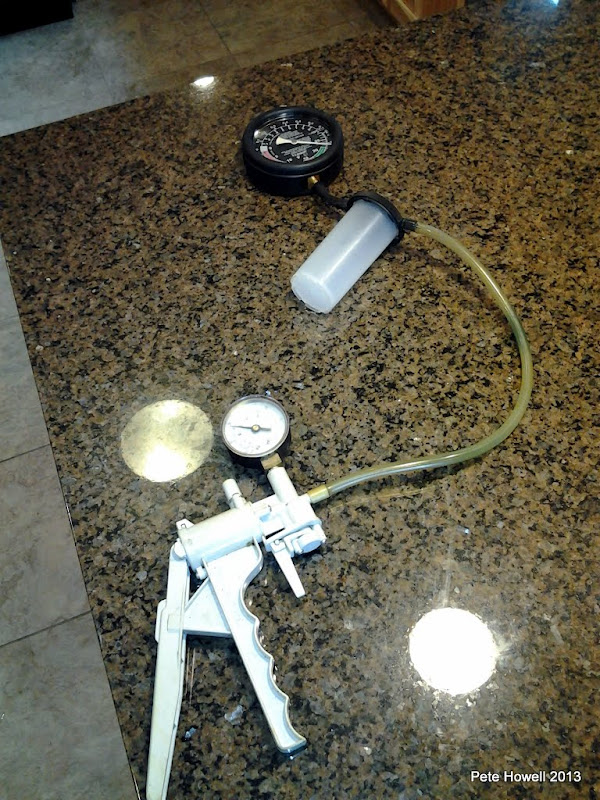David-aviator
Well Known Member
I'd like to burn 91 octane mogas but can not buy it without ethanol in this area.
The unknown element in the fuel system with regard to E10 is the mechanical fuel pump. I know there have been and are aerobatic guys flying with pure ethanol but I have been unable to find out where their fuel pumps came from. I even called an engine shop in California that built at least one such engine and they would not comment on the fuel pump and ethanol.
Lycoming fuel pumps could easily be built with materials resistant to E10 fuel. Don Rivera has been building his fuel injection systems with such material for some time - why not the darn fuel pump?
Is anyone here running E10 through the standard mechanical pump at this time? I have a feeling the pump may in fact be built with such materials but manufacturers won't comment out of the old liability issues. A while back Tempest was actually testing the materials aiming for certification but one of their guys told me the program was terminated without comment. He said he could not comment on the subject. Sounds like a lawyer got involved.
For sure some company has built a pump with suitable materials, there are airplanes flying on E100 powered Lycoming engines.
The unknown element in the fuel system with regard to E10 is the mechanical fuel pump. I know there have been and are aerobatic guys flying with pure ethanol but I have been unable to find out where their fuel pumps came from. I even called an engine shop in California that built at least one such engine and they would not comment on the fuel pump and ethanol.
Lycoming fuel pumps could easily be built with materials resistant to E10 fuel. Don Rivera has been building his fuel injection systems with such material for some time - why not the darn fuel pump?
Is anyone here running E10 through the standard mechanical pump at this time? I have a feeling the pump may in fact be built with such materials but manufacturers won't comment out of the old liability issues. A while back Tempest was actually testing the materials aiming for certification but one of their guys told me the program was terminated without comment. He said he could not comment on the subject. Sounds like a lawyer got involved.
For sure some company has built a pump with suitable materials, there are airplanes flying on E100 powered Lycoming engines.





